By Michael Martin, EAA 1047599, Toronto, Ontario
In today’s aviation landscape, GPS-based navigation has become the backbone of both commercial and general aviation, enabling precise point-to-point routing, efficient airspace use, and enhanced safety.
According to the FAA, more than 90 percent of U.S. registered aircraft are equipped with GPS systems, and the adoption of Performance-Based Navigation (PBN) continues to rise globally. However, this heavy reliance on satellite-based systems raises concerns about overdependence, particularly in scenarios where GPS signals may be degraded, jammed, or spoofed — a vulnerability highlighted by the U.S. Department of Homeland Security and reinforced by reports of increasing GPS interference incidents in Eastern Europe and the Middle East.
Before GPS, pilots relied on a combination of visual navigation, radio beacons (like VORs), dead reckoning, and a sophisticated internal skill known as cognitive mapping — a mental representation of spatial relationships built through experience, training, and repetition.
This innate geospatial awareness, often honed over thousands of flight hours, allowed aviators to orient themselves with reference to terrain, sun position, and wind drift. In fact, a study published in Nature (2000) demonstrated that seasoned London taxi drivers had a significantly enlarged hippocampus, the brain region tied to navigation and memory, suggesting that continuous spatial engagement develops robust cognitive mapping skills. This taxi driver example can be similar with Canadian pilots from the past, especially bush pilots.
The growing dependency on GPS threatens to atrophy this vital mental muscle. Glass cockpits, digital maps, and magenta lines offer seductive simplicity, but they can foster automation complacency — a dangerous disconnection between pilot and position.
There are several documented cases where general aviation (GA) pilots lost access to navigation technology — particularly GPS — and failed to navigate successfully, sometimes with tragic results. These cases highlight the dangers of over-reliance on automation and the erosion of basic navigation skills.
Here are some Canadian examples where GA pilots lost navigation capabilities — particularly GPS — and failed to navigate successfully, leading to emergency situations or accidents. These cases are drawn from Transportation Safety Board of Canada (TSB) reports and reflect the unique navigational challenges faced in Canada’s vast and often rugged environment:
- 2017 — Cessna 172, Near Cranbrook, British Columbia
TSB Report: A17P0145
A VFR flight from Lethbridge to Kamloops became disoriented in mountainous terrain due to deteriorating weather and GPS malfunction. The pilot lost situational awareness and began descending into a valley to maintain visual contact, ultimately colliding with terrain. The GPS system had intermittently failed during the flight, and the pilot lacked sufficient proficiency in map reading and dead reckoning in mountainous terrain.
Outcome: Serious injuries; aircraft destroyed.
Findings: Over-reliance on GPS and inadequate visual navigation planning for a route through complex terrain.
- 2015 — Piper PA-28, Northern Ontario
TSB Report: A15O0117
A student pilot on a cross-country solo flight became lost after GPS signal was lost over Northern Ontario, a region with limited ground-based navigation aids. The pilot failed to use dead reckoning or map-based pilotage effectively and eventually ran out of fuel before making a forced landing.
Outcome: Aircraft substantially damaged; minor injuries.
Findings: Inadequate pre-flight planning and reliance on a single navigation system in a region with sparse landmarks and limited radar coverage.
- 2011 — Cessna 182, Quebec
TSB Report: A11Q0168
The pilot of a Cessna 182 flying VFR in poor visibility over forested terrain became disoriented when the onboard GPS unit froze mid-flight. Despite having a sectional chart onboard, the pilot had not kept track of position and was unfamiliar with visual navigation techniques. The aircraft entered IMC (instrument meteorological conditions) and crashed into trees.
Outcome: Fatal.
Findings: Loss of situational awareness due to over-reliance on GPS; failure to navigate visually or divert in time.
- 2009 — Multiple GPS Failures During Military Jamming Exercises in Cold Lake, Alberta
Although not tied to a crash, this incident is important. During Canadian Forces GPS jamming tests at CFB Cold Lake, several GA aircraft experienced temporary GPS outages and reported confusion and increased ATC workload. Some pilots, lacking backup navigation skills or paper charts, had difficulty continuing their flights.
Transport Canada’s Civil Aviation Safety Alert (CASA) 2010-03 was issued in response, warning pilots to always carry and be proficient with alternative navigation methods when operating near military areas.
Conclusion
Similarly, recent reports from NASA’s Aviation Safety Reporting System (ASRS) note a rise in position errors during GPS outages or failures in RNAV-only equipped aircraft, underscoring the risks of “GPS tunnel vision.”
Balancing technology with human cognition is essential. While GPS has revolutionized aviation, it should augment — not replace — the spatial reasoning and mental situational awareness that are hallmarks of good airmanship. Training programs must reinforce foundational navigation skills, encourage regular use of pilotage and dead reckoning, and include simulated GPS-denied scenarios. As aviation continues to advance, we must ensure our minds evolve alongside our machines — lest we lose the very awareness that first taught us how to fly.
Canada’s vast geography, frequent low-visibility weather, and sparse navigation infrastructure in remote regions make traditional navigation skills essential. These cases clearly illustrate that GPS dependency — without proficiency in pilotage, dead reckoning, and VFR map reading — can lead to disorientation, emergency landings, or fatal outcomes. Canadian regulators and safety bodies continue to emphasize the importance of basic navigation competency as a critical element of airmanship in general aviation.
Each of these incidents underscores the same critical point: while GPS has revolutionized flight navigation, it is fallible. General aviation pilots who neglect legacy skills — such as pilotage, alternate navigational aids, and dead reckoning — may find themselves unprepared when technology fails. As automation increases, so must a pilot’s commitment to retaining core navigation competencies.
As many of you fly down to Oshkosh to attend AirVenture 2025, please have your charts available and cross-check your automation systems with classic pencil and paper.







